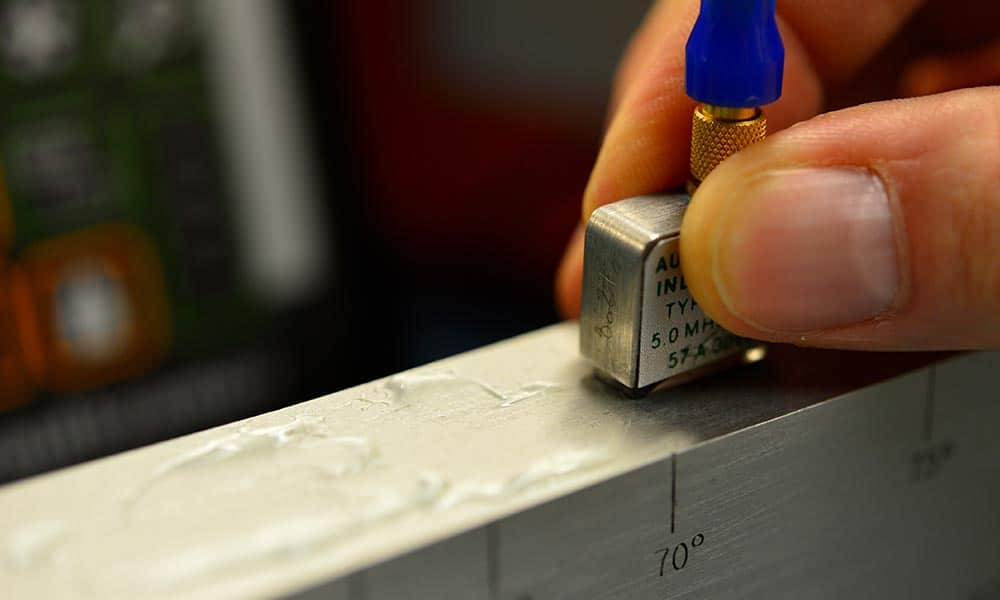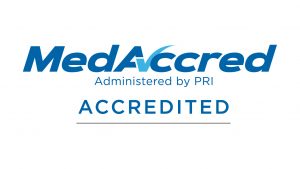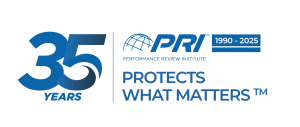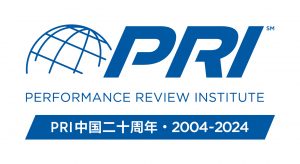As previously communicated in the June eQuaLearn newsletter, the second AC7114 change, Specific Examination Requirements, will now be addressed. The term “fine print” will be used to present my view on the requirements. Not surprisingly, the “fine print” is defined as paying attention to the “Compliance Assessment.” As mentioned before, I come from a family of individuals who are in the legal profession and I was always reminded “to read the fine print.” You would probably be surprised at how many times I find that a checklist question is being assessed without using the applicable “Compliance Assessment,” or reading “the fine print.”
Specific Examination Requirements
There was lots of discussion in eQuaLearn training courses on this one. So, let us start with what changed in the checklist questions.
AC7114 Rev I, Paragraph 5.3.12
“Do the specific examinations have, at least, the minimum number of questions and do the specific examination questions reflect the specifications, codes, equipment, operating procedures and test techniques that the candidate may use in the performance of his/her duties with the employer?”
The change from AC7114 Rev H is that the paragraph used to state “…and test techniques used within the facility.”
Specific examination questions are to be based on the internal procedures, customer specifications, techniques, equipment, etc. that the individual will be using in the performance of their duties, and furthermore:
The “fine print” to AC7114 Rev I, Paragraph 5.3.12
Compliance Assessment Guidance:
a) The specific examination for all levels shall be an open book examination (Reference material such as specifications, tables, formulas, etc. shall be provided as determined by the Responsible Level 3 or Examiner. Questions utilizing such material shall require understanding of the information contained therein rather than merely finding its location.) covering the requirements and use of the specifications, codes, equipment, operating procedures and test techniques the candidate may use in the performance of his/her duties with the employer. A minimum of 8 questions shall be administered for the specific examination for Level 1-Limited. A minimum of 30 questions shall be administered for the specific examination at Levels 1, 2, and 3.
b) In the case where an NANDTB provides the qualification examinations, these do not need to be maintained at the employer’s facility and question is NA.
c) Where the NDT personnel qualification examinations are under the general control of an NANDTB, the employer is responsible for administering supplemental examinations representative of the employers’ processes and such evidence shall be available for review during the audit. Where the NANDTB has formally declared in writing that the qualification examinations under its general control are representative of the employers’ processes, supplemental examinations are not required.
Out of AC7114 Rev I, Paragraph 5.3.12 a) only one word changed in a couple of places, but it’s a significant one.
AC7114 Rev H states “The specific examination for all levels may be an open book examination (Reference material such as specifications, tables, formulas, etc. may be provided as determined by the Responsible Level 3 or Examiner)…” AC7114 Rev I replaced the word may with shall. “The specific examination for all levels shall be an open book examination (Reference material such as specifications, tables, formulas, etc. shall be provided as determined by the Responsible Level 3 or Examiner)…”
Why am I placing such a big emphasis on “shall?” The reason is because reference material shall be provided and not may be provided. And, what happens when reference material is provided? Questions utilizing such material shall require understanding of the information contained therein rather than merely finding its location. Therefore, if you have a specific examination question it cannot be a “look-up” type of question, and shall require an understanding of the referenced information.
In the eQuaLearn courses, the “what if” took over specific examination discussions and I gave my opinions based on the “fine print. I’ll try to give a synopsis of the most notable questions and responses.
Question: What if I gave 10 questions of which required an understanding from the reference material, and 20 questions of which were finding the location of the answer in the reference material (look-up type questions)?
Response: Based on the fine print I believe that you would have 20 questions not meeting the requirements of the specific examination.
Question: What if I gave reference material for 10 questions and those questions required an understanding of the material provided, and I did not provide reference material for the other 20 question which were look-up type?
Response: Again, based on the fine print I believe that you would have 20 questions not meeting the requirements of the specific examination.
Question: What if I gave 50 specific examination questions and 30 questions met the requirement with reference material, and 20 questions only required the candidate to locate the information in the reference material?
Response: Based on the “fine print” I believe that if the examination is called the “Specific Examination” then reference material shall be required and the Questions utilizing such material shall require understanding of the information contained therein rather than merely finding its location. Seemingly, this does not matter whether it is a minimum 30 question specific examination or a 50 question specific examination. The questions shall be created that provide hypothetical situations to the internal procedures, customer specifications, techniques, equipment, etc. that the individual will be using in the performance of their duties.
Probably, the next most significant change to Paragraph 5.3.12 was the addition of Paragraph 5.3.12 c) for NANDTB administered examinations.
c) Where the NDT personnel qualification examinations are under the general control of an NANDTB, the employer is responsible for administering supplemental examinations representative of the employers’ processes and such evidence shall be available for review during the audit. Where the NANDTB has formally declared in writing that the qualification examinations under its general control are representative of the employers’ processes, supplemental examinations are not required.
The primary change here is that previously if examinations were administered by the NANDTB, then the employer assumed that all examination requirements were met. Now, based on the changes to Rev I, the employer shall ensure that examinations are representative of their processes and evidence shall be available. Note: the practical examination has similar requirements.
I will leave this topic with what I consider to be a few adequate and inadequate specific examination questions.
- Utilizing ASTM E1417, unless otherwise specified the penetrant dwell time shall be a minimum of how many minutes? Inadequate because it is a look-up type question. All the candidate will have to do is turn the page and find the answer.
- Utilizing ASTM E1417, the minimum dwell time specified on the technique is 10 minutes, but noticing that the actual dwell time was 1.5 hours, the Inspector reapplied the penetrant because he did not want the penetrant to dry on the part; how long shall the dwell time be after the penetrant was reapplied? Adequate. Even though the question provides specifics it is a hypothetical scenario which requires the Inspector to understand the requirements of the reference material provided.
- Utilizing Mil-STD-1907, lack of fusion is considered a weld defect, True or False? Inadequate, question is not a specific examination question. It is a closed book general examination question, with no reference material to be provided. The question is not unique to the employer. Lack of fusion is a weld defect no matter the employer. Now, let me qualify by adding, suppose the employer has a unique weld defect based on something unique, which may be found in an exotic or specific material; or suppose the employer defined a weld defect uniquely for their purposes; as an example “centerline nit lines.” If the term is defined in the reference material provided, then the unique weld term may be used for the basis of formulating a specific examination question.
Just remember that specific examination questions are to be based on the internal procedures, customer specifications, techniques, equipment, etc. that the individual will be using in the performance of their duties; and in which you will be providing during the examination, to ensure that the requirements can be interpreted correctly.
In conclusion, I selected this change to AC7114 Rev I to ensure you do not forget to do what? Read the “Compliance Assessment,” the fine print.
A complete overview of Nadcap requirements related to the Non-Destructive Testing checklist are covered in the eQuaLearn Nadcap Checklist Review-NDT and Nadcap Audit Preparation-NDT courses. Upcoming NDT training locations include Hartford, CT, Pittsburgh, PA, Toulouse, France, and Dusseldorf, Germany. For more information on these trainings or any eQuaLearn courses, please visit www.eQuaLearn.com or email eQuaLearn@p-r-i.org.
Author: Linda Beene has been a NDT Nadcap auditor since 2006, and an eQuaLearn instructor since 2011.
Disclaimer: The views and opinions expressed in this article are those of the author and do not necessarily reflect the position or views of the Performance Review Institute or any of its employees or programs.





